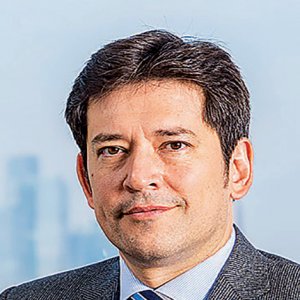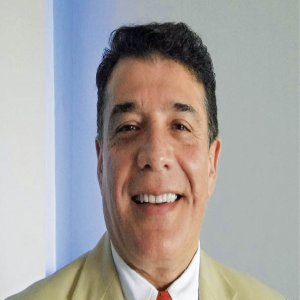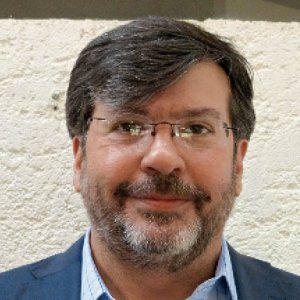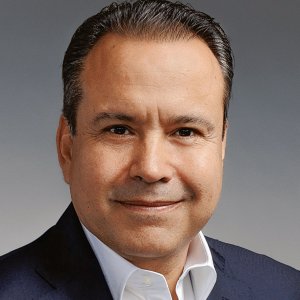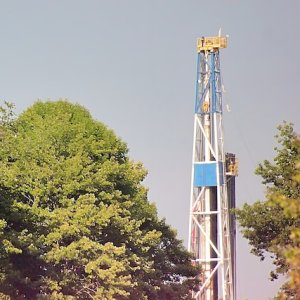Defying conventional Technologies in Water Treatment

Q: What were the main drivers that led to the creation of CANROMEX, and how has its experience in waste projects led it to identify business opportunities in other sectors?
A: The company was founded in 2006 in response to a rising opportunity in the market to transform waste into energy. We formed associations with a Canadian company called Smart Soil that has unique technology to optimize the production of biogas from municipal waste. The first project was developed in 2006 in Ciudad Juarez, Chihuahua; it has an installed capacity of 4MW and has been in operation since 2007. Despite having won seven waste-to-energy project bids, working with municipalities has been a complex process. The first project in Ciudad Juarez was a success and frankly it is one of the best projects in this sector. As we ventured into other projects we encountered several major obstacles. All the equipment in a project of this kind has to be located in the landfill in order to extract the biogas, and several problems arise from this. Land ownership can be a major barrier, in some cases the titles of the land are unclear, or in other cases the landfill is located on ejidos.
Q: What are some of the barriers you have faced when working with municipalities?
A: Reaching an agreement can be a difficult process and you cannot carry out an investment of US$15 million where there is no land title security. The second barrier is the Mexican political system that is reflected in the short administration periods of municipalities. For continuity, the State Congress must ratify agreements that are longer than three years. This is a political situation that can sometimes be difficult to navigate. As a result, obtaining financing can be challenging because the investment is a high risk and investors may avoid these obstacles. To develop these projects you need a secure legal system, and this is a weakness in Mexico due to slow judicial processes and there are several cases where it took up to 15 years to enforce rights. This is detrimental to investment incentives.
Q: In response to these challenges, how has CANROMEX diversified its service portfolio to enter into other sectors?
A: We made a strategic decision to venture into the water management sector given the significant opportunities and its potential in Mexico. Worldwide, there is a major concern regarding the preservation of water and its reserves since there is a need to ensure that it continues to supply our needs as well as those of our future generations. Mexico has a long road ahead to implement sustainable and efficient water management strategies. According to governmental statistics, over 95% of the population has access to potable water, but this does not reflect the realities. The water may be potable in the treatment plant but once it reaches the end user it is contaminated due to problems in the pipelines. Mexico is the biggest consumer of bottled water in the world per inhabitant and even people with low incomes buy water instead of drinking tap water. Mexico continues to use technologies that are over 100 years old and it has pushed very little for innovation in water treatment technologies. It continues to use activated sludge technologies, and while these are good technology in terms of capabilities, they are difficult to operate. With a project that uses this technology, experts are needed to operate it because inadequate operation will progressively deteriorate the quality of the water to the point where it will be totally useless.
Q: What has been the process of implementing new technologies in Mexico’s water management sector?
A: It was a strategic decision not to compete with companies that implement the activated sludge technology; instead we decided to look for unique technologies from around the world. While a technology may work very well in a country, it does not mean it can be implemented in Mexico; local conditions have to be taken into consideration. We carried out an extensive study of technologies in order to identify those that could be implemented successfully in Mexico. We now have a selection of technologies from Australia, Canada, the US, and Germany and they can be tropicalized to suit the needs of Mexico’s water treatment. The main advantage is that they are far more efficient and they are easy to operate. One of the issues in water treatment is the space that will be used to construct the plant and this is especially relevant in cities where the cost of land can be quite high. Our systems may occupy as little as 25% of the surface conventionally required, and so clients save 75% extra space where land can be used for higher-value applications.
In a residential compound, instead of using 1,000m2 for a water treatment plant, we are able to achieve the same results with only 250m2, which leaves 750m2 available for the construction of more houses. Energy costs are a critical aspect for any business and even government, so by using new technologies, clients can not only reduce their operational costs but also lower their energy costs. In addition, most of our systems do not use chemicals, so there are further savings and the processes are far more environmentally friendly. Ultimately, innovative and efficient systems offer a better water quality. Normativity is also an important driver. According to SEMARNAT’s NOM-003-2007, all water can be recycled into nonpotable applications so the recycled resource can be used for washing, gardening, and toilets. Even industrial companies can reuse the water in their manufacturing processes. The goal is to reduce the consumption of water through recycling.
Q: Could you describe a technology that you have successfully adapted and implemented to the conditions of the Mexican market?
A: We select the technologies according to each application. One of the technologies we like to use comes from Australia and it is called BioGill. It is a modular system made up of nanoceramic membranes and its distinguishing feature is that it does not use a blower system for the oxygen that is usually injected into the water. The treatment of any biological system requires keeping a colony of live microorganisms that consume the contaminants. These systems are mostly designed for black and grey water since chemicals are needed to treat industrial water. This technology is unique in the sense that the oxygen provided to the organisms comes from the ambient air, which is unusual in biological treatment systems. It is a compact module where the water is circulated from top to bottom, percolating on the membrane rather than through it, and allowing the microorganisms to consume the unwanted matter. Because it does not use blowers, the system achieves the lowest energy cost of any water treatment system, using less than 0.5kWh/m3 per day. We have an exclusive license to distribute this technology in Mexico.
Q: What breakthrough technologies have you developed in Mexico, and what are the country’s main advantages?
A: Our corporate and engineering offices are in Saltillo, Coahuila, and there we have developed a new portable water treatment system. This system is housed in a container and can process from 2m3 to 80m3 of water a day. In many cases, it is necessary to build the infrastructure to house the system, yet the advantage of our system is that the only things needed are the usual sewer pipes and the underground reception tank. Usually a conventional system requires a series of tanks for separation, but in only two days we can deploy our treatment plant and be quickly connected. This is a Mexican innovation that incorporates the best practices from around the world.
